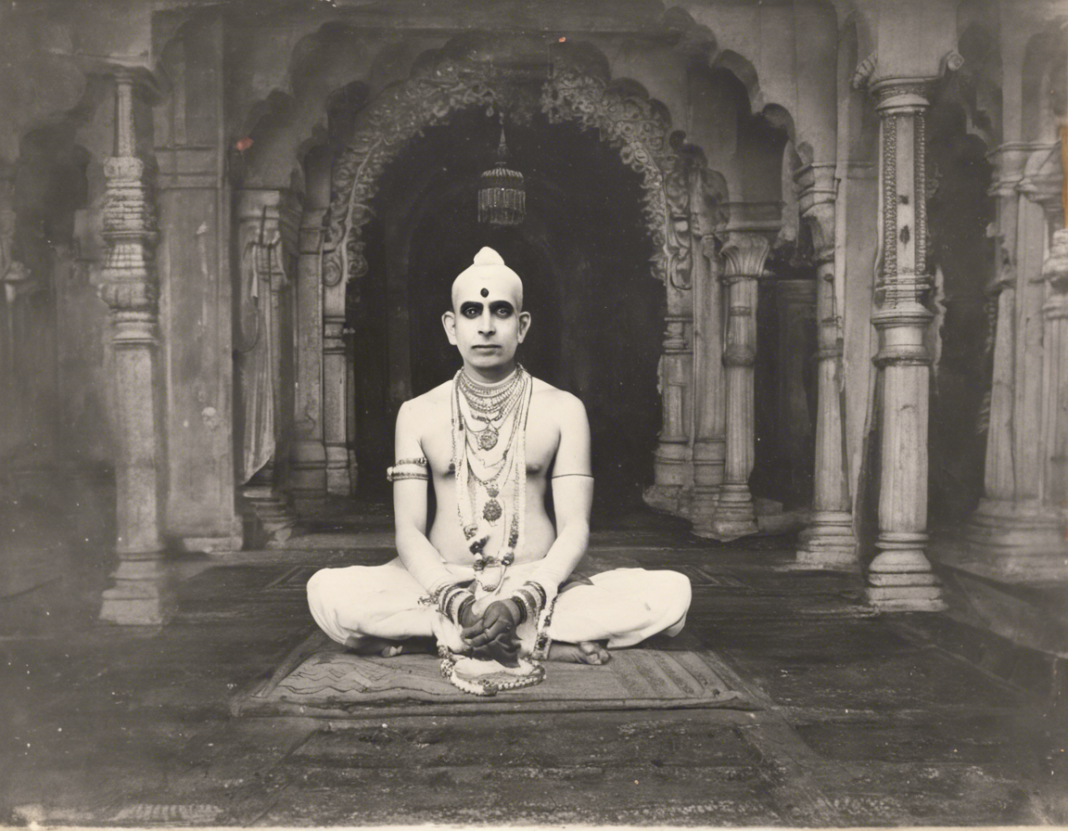Introduction
The tragic incident of Jain Muni Ki Hatya, also known as the Palitana massacre, refers to a dark chapter in the history of the Jain religion. The event took place on January 1, 2010, in Palitana, Gujarat, India, where a group of armed assailants attacked a procession of Jain monks and nuns, resulting in the brutal murder of two senior Jain monks, Muni Shri Abhaysagarchandji Maharaj and Muni Shri Ajitsagarchandji Maharaj, as well as several nuns and lay followers. This heinous act shocked not only the Jain community but also the entire nation, highlighting issues of religious intolerance and violence.
The Jain Community
Jainism is an ancient Indian religion that preaches non-violence, compassion, and respect for all living beings. Jains follow a strict code of ethics and strive to lead a life of Ahimsa, or non-violence, in thought, word, and action. Jain monks and nuns renounce worldly pleasures and possessions to focus on spiritual pursuits, meditation, and spreading the message of peace and harmony.
The Jain community, though small in number, has made significant contributions to Indian society in various fields, including business, education, and philanthropy. Jains are known for their vegetarian lifestyle, philanthropic activities, and dedication to social welfare projects.
The Palitana Massacre
On the fateful day of January 1, 2010, a group of armed individuals attacked a procession of Jain monks and nuns in Palitana, a revered pilgrimage site for Jains. The attackers brutally assaulted the monks and nuns, leading to the tragic murder of Muni Shri Abhaysagarchandji Maharaj and Muni Shri Ajitsagarchandji Maharaj. Several nuns and lay followers were also injured in the attack.
The incident sent shockwaves through the Jain community and sparked widespread condemnation from religious leaders, politicians, and civil society. The notion of violence against individuals who symbolize peace and non-violence was deeply disturbing and raised questions about the state of religious harmony in India.
Investigation and Aftermath
The investigation into the Palitana massacre revealed disturbing details about the motivations behind the attack. It was believed that the assailants had a personal vendetta against the Jain monks and were influenced by extremist ideologies. The incident shed light on the rising intolerance and communal tensions in the country, prompting calls for stricter laws to protect religious minorities.
In the aftermath of the tragedy, the Jain community came together to mourn the loss of the revered monks and called for justice to be served. There were demands for security measures to be enhanced at religious sites and for greater protection for religious leaders and institutions.
Lessons and Reflections
The Palitana massacre served as a grim reminder of the importance of religious tolerance, interfaith dialogue, and respect for diversity. It underscored the need for society to stand united against forces of hatred and violence and to uphold the values of peace and harmony.
The Jain community, known for its resilience and adherence to non-violence, emerged stronger from the tragedy, vowing to continue its commitment to promoting love, compassion, and understanding among all individuals. The incident also prompted soul-searching within the community, leading to introspection on ways to enhance security measures and protect its spiritual leaders.
Conclusion
The tragic incident of Jain Muni Ki Hatya was a dark moment in the history of the Jain community, but it also served as a catalyst for greater unity, awareness, and solidarity. It highlighted the challenges of religious intolerance and the imperative of safeguarding the principles of non-violence and harmony in a diverse society. The memory of the fallen monks will forever remain a symbol of sacrifice, courage, and unwavering faith in the face of adversity.
FAQs
-
What was the Palitana massacre?
The Palitana massacre, also known as Jain Muni Ki Hatya, refers to the tragic incident on January 1, 2010, where a group of armed assailants attacked a procession of Jain monks and nuns in Palitana, Gujarat, resulting in the murder of two senior Jain monks and several injuries. -
What is Jainism’s stance on non-violence?
Jainism preaches Ahimsa, or non-violence, as one of its core principles. Jains strive to avoid harm to any living being and promote compassion, love, and respect for all life forms. -
How did the Jain community react to the Palitana massacre?
The Jain community reacted with shock and horror to the Palitana massacre, condemning the violence and calling for justice. They also emphasized the need for religious tolerance and unity in the face of such tragedies. -
What were the repercussions of the Palitana massacre?
The Palitana massacre highlighted the challenges of religious intolerance and the importance of safeguarding religious leaders and institutions. It led to calls for enhanced security measures and greater protection for minority communities. -
How did the Jain community continue after the tragedy?
The Jain community rallied together after the tragedy, focusing on promoting peace, compassion, and understanding. They reflected on ways to strengthen unity and resilience in the face of adversity.

